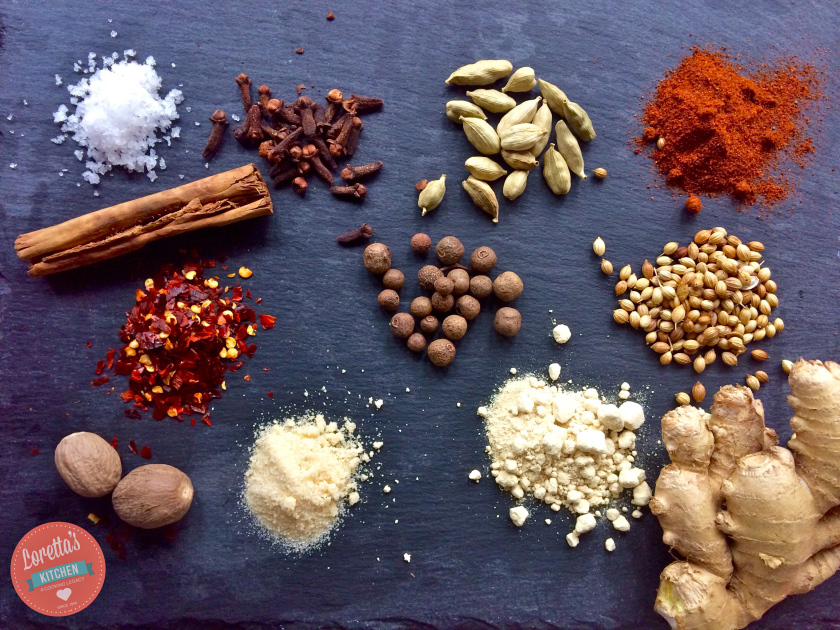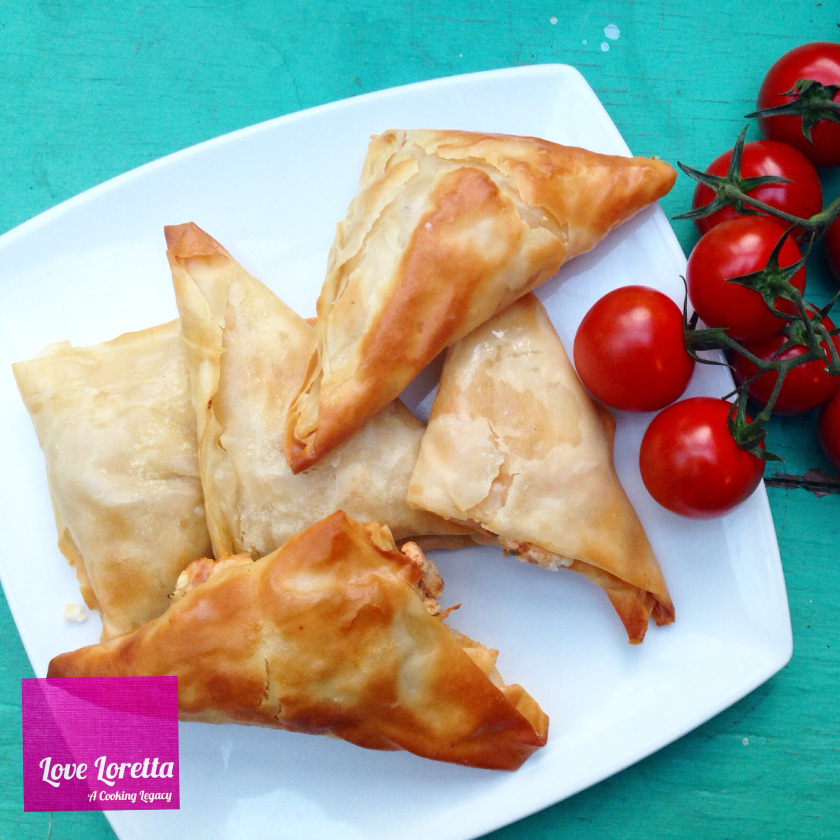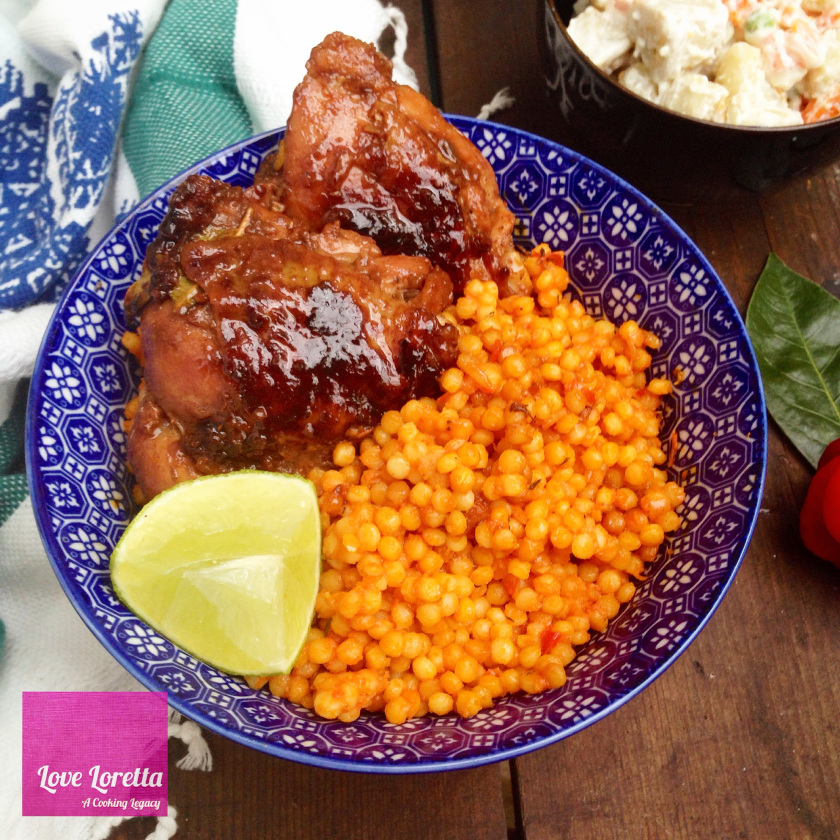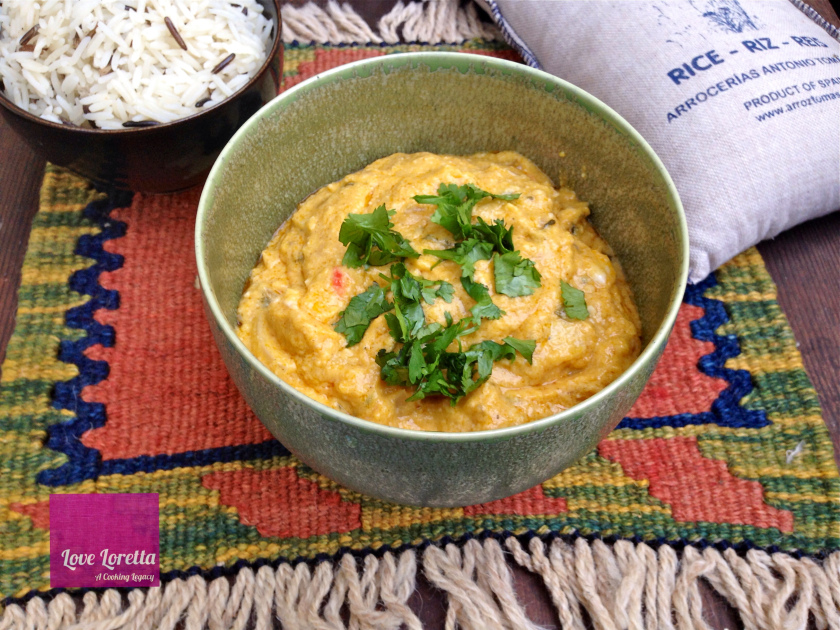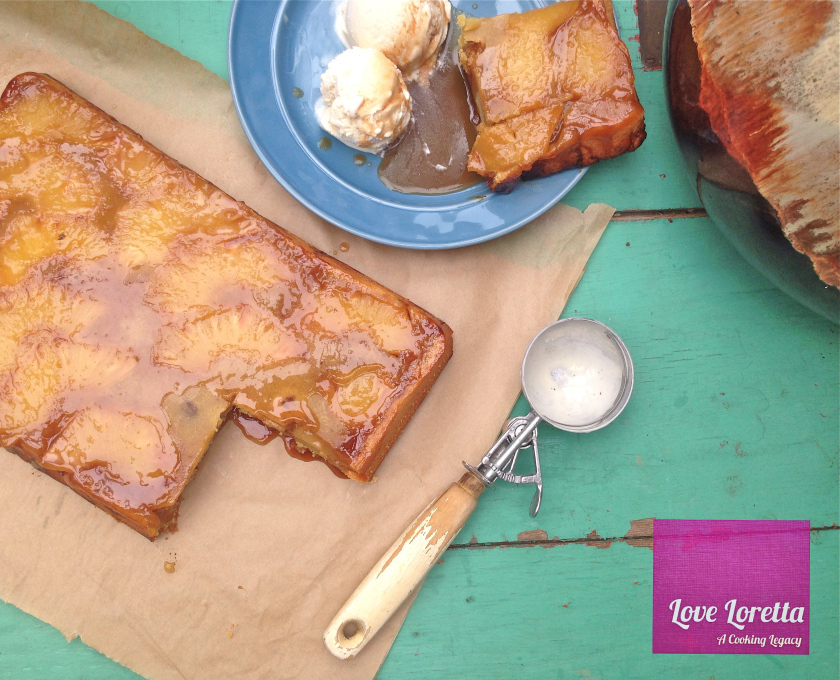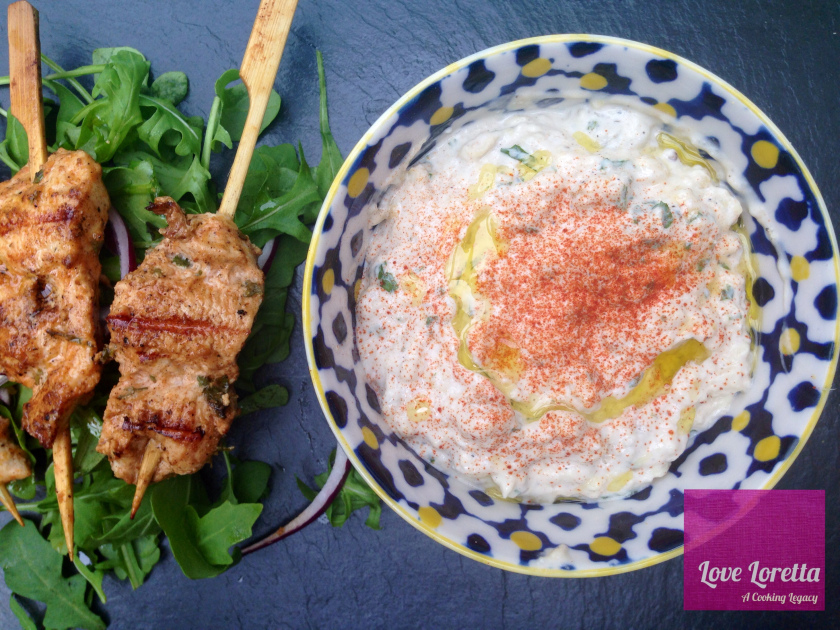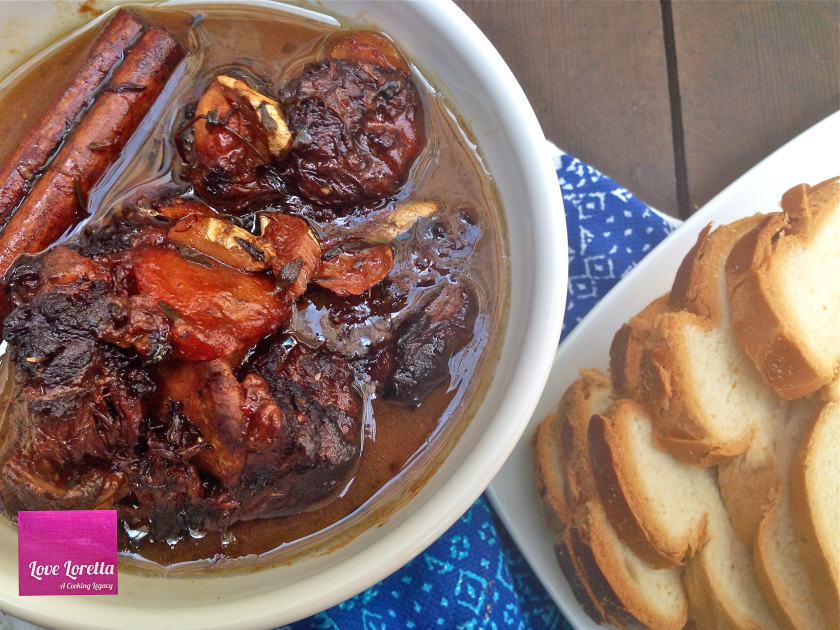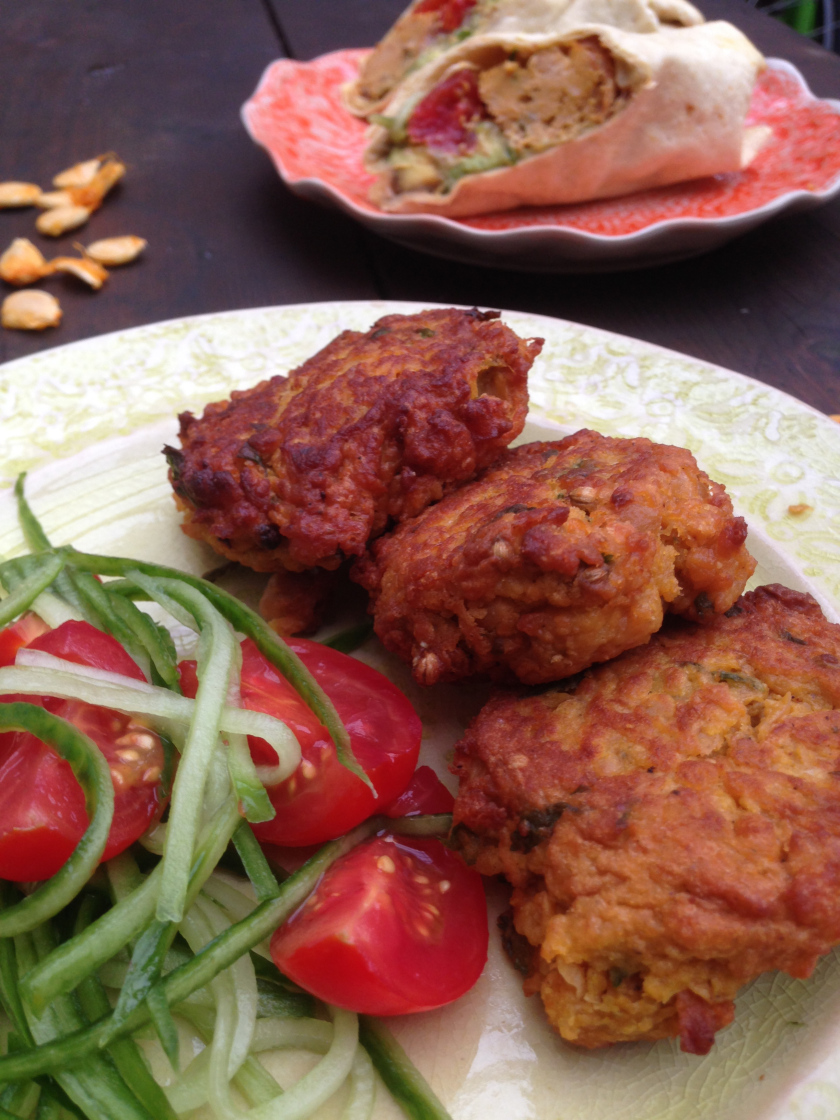Suya Popcorn Chicken
What to do with suya spice? That was the question. After all the sweat and grind trying to find the ingredients, I wasn’t really feeling a ‘suya kebab’, as I decided to call them. I’m also trying to stave off red meat. Except lamb, she says in her head. Clearly still a big struggle for me. So I hunted around the internet and found this fun recipe by Ajoke - Suya Popcorn Chicken. I have adapted Ajoke’s recipe a bit to bring out more of the crispy light texture we love from popcorn chicken. As I’ve mentioned in a previous post, the key to crispy chicken pieces, is not flour, or even the batter, its cornstarch. A little goes a long way (for more on the science of good fried chicken see here). So let me waste no more time, ladies and gentleman I present to you: Suya Popcorn Chicken!
